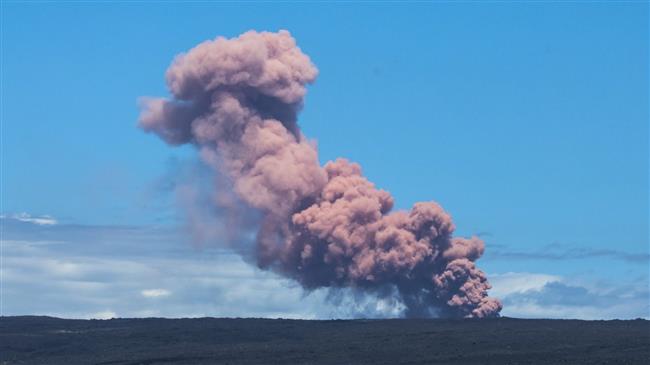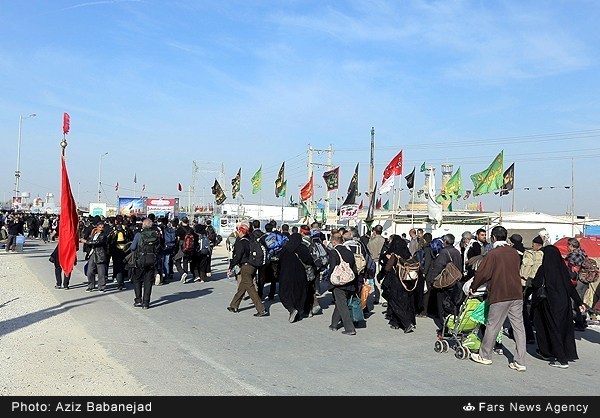Yemeni ballistic missile targets Saudi base in Asir in retaliatory attack


Yemeni Ansarullah forces have launched a retaliatory missile attack at a Saudi regme military base in the kingdom’s southwestern border region of Asir.
According to Yemen’s al-Masirah television network on Saturday, Yemeni troops fired a domestically built Badr-1 ballistic missile at the base.
On Friday, Yemeni army forces, fired a domestically-designed and -developed ballistic missile at a strategic economic target in Saudi Arabia’s southwestern border region of Jizan.
A Yemeni military source, speaking on condition of anonymity, said the short-range Badr-1 missile struck Jazan Economic City, located 967 kilometers southwest of the capital Riyadh, with great precision early on Friday.
The development came a day after Yemeni forces fired a Badr-1 missile at al-Anad air base in the southwestern province of Lahij, leaving scores of Saudi-backed militiamen loyal to Yemen’s resigned president, Abd Rabbuh Mansur Hadi, dead and injured.
Also on Friday, more than a dozen Saudi mercenaries were killed and injured as Yemeni snipers and their allies carried out separate operations across the country.
The Yemeni army has so far launched numerous missile strikes against military and economic targets inside Saudi Arabia; however, Riyadh often claims that it intercepts incoming Yemeni missiles, despite the existence of evidence to the contrary.
Zionist Saudi regime and its allies launched the war on Yemen in March 2015 in support of Hadi, a close ally of Riyadh. The Yemeni Ministry of Human Rights announced in a statement on March 25 that the Saudi-led war had left 600,000 civilians dead and injured until then.
The Yemeni Ministry of Human Rights announced in a statement on March 25 that the Saudi-led war had left 600,000 civilians dead and injured since March 2015.
The United Nations says a record 22.2 million Yemenis are in need of food aid, including 8.4 million threatened by severe hunger.
A high-ranking UN aid official recently warned against the “catastrophic” living conditions in Yemen, stating that there was a growing risk of famine and cholera there.




